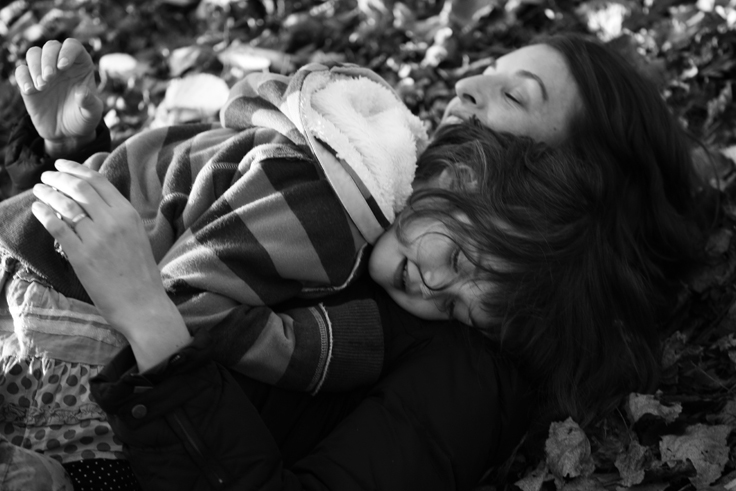So here’s the thing, Dutch children are the happiest children in the world according to UNICEF (their findings were based on World Health Organization/HBSC long-term research results). Rina and I attempted to figure out why by writing our book, The Happiest Kids in the World. We found plenty of factors that would account for childhood happiness such as little pressure at school, good relationships with parents, lots of autonomy and time to play. The Netherlands is also a relatively safe and affluent country to grow up in.
However, according to the United Nations World Happiness Report, Danish adults are the happiest adults in the world and the Dutch rate at only seventh place. Strange isn’t it? Obviously, the best environment for being a happy child is not the same as for a happy adult. Having greatly enjoyed Helen Russell’s The Year of Living Danishly, I can pinpoint a couple of areas in which the Danes are ahead of the Dutch. For example, Danish adults are very trusting of each other and trust in society provides a sense of security and belonging. What’s more, Danish fathers are even more hands-on than their Dutch equivalents and Danish society seems further along the route to gender equality.
I decided to go through the WHO results published as Social Determinants of Health and Well-Being Among Young People and compare what it said about young Danes. What could be holding them back in childhood? For a start, there is a big difference in their reported relationships with parents. Danish teenagers are down at 18th place (out of the 29 countries surveyed) in relation to ‘finding it easy to talk to their mothers’ and at 15th for ‘finding it easy to talk to their fathers’, whereas the Dutch top both those charts. I’ve heard said that the Danish are more formal toward each other than the Dutch, perhaps they are more authoritarian parents?
Both Danish and Dutch children share a culture of older children not tending to go out with friends during the week – probably because they are doing homework and playing sport, at least that’s my experience here. Incidentally, Greenland is party land for teenagers and the country with the lowest number of teenage virgins in the world. Twice the number of Greenland’s teenagers surveyed have had sex at 15, than in the second country on the list – namely, Denmark. The Dutch, on the other hand, don’t tend to lose their virginity at a young age, they rated near the bottom. Early sex education clearly puts them off!
Teenage drinking is similar in both Denmark and the Netherlands (around average), though more Dutch kids use cannabis, unsurprisingly. Danish boys are significantly more likely to get into a fight than Dutch boys at the ages of 11 and 13, but at 15, Danish boys are less likely to get into a fight. Perhaps the Danes hit puberty earlier? Perhaps they are frustrated at secondary school but calm down later? Do they rebel early and grow to love the system?
Here’s another thing. Danish children feel significantly more pressured at school than Dutch kids – perhaps there is a more aspirational culture, like in the UK? Danish children find their classmates reasonably kind and helpful. They come in around 10th place, whereas Netherlands is higher at 3rd. If you’ve got a competitive system, it affects relationships between peers. Nevertheless, both countries have low figures for bullying.
Healthwise, the scores are similar. Denmark and the Netherlands share the lowest stats on obesity. There is something worrying, however. Denmark rates top in 11, 13 and 15-year-olds engaging in weight-reduction behaviour. (The Netherlands is second to last on this). Why are so many Danish kids on a diet? It’s not that they don’t cycle – there’s a similar cycling culture in Denmark as the one here. They also eat more fruit than the Dutch kids. Is there a kind of health food drive in Denmark that is putting pressure on them? Perhaps they dislike healthy food as kids, but then reap the benefits of having learned to eat healthy as adults?
Finally, here are the results on children who report high life satisfaction:
11-year-old Danes are way down the list #26 (NL is at #2 after Armenia)
13-year-olds climb up slightly to #24 (NL #1)
and 15-year-old Danes suddenly reach 5th place (NL #1)
So what is going on between the ages of 13 and 15 in Denmark that can explain this sudden improvement in life satisfaction? After this, it keeps climbing until they reach number one as adults. I’d love to know what these stats represent, so if you’re Danish or have lived in Denmark and have any ideas, do drop me a line!


